Croton pottsii, Leatherweed
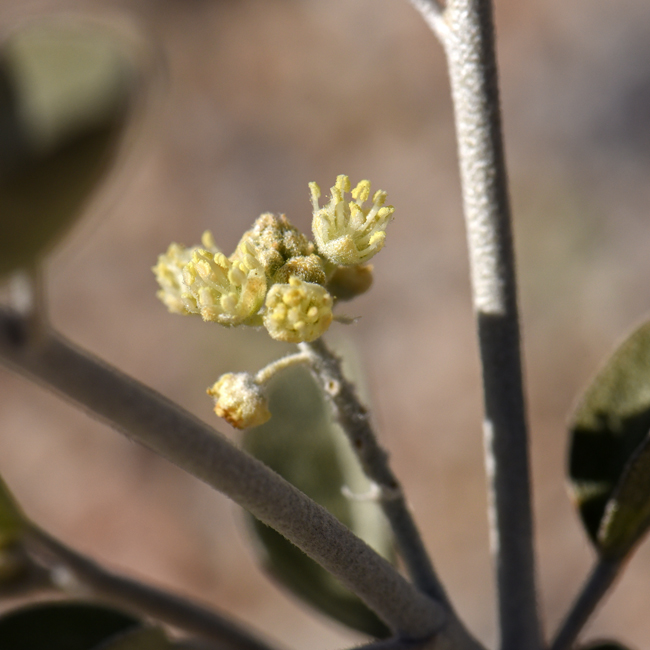
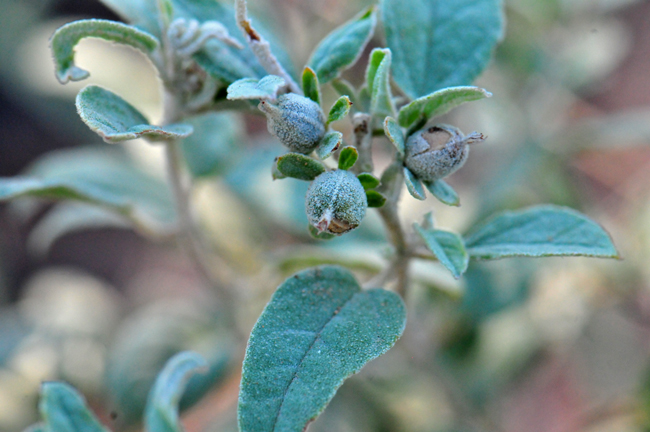
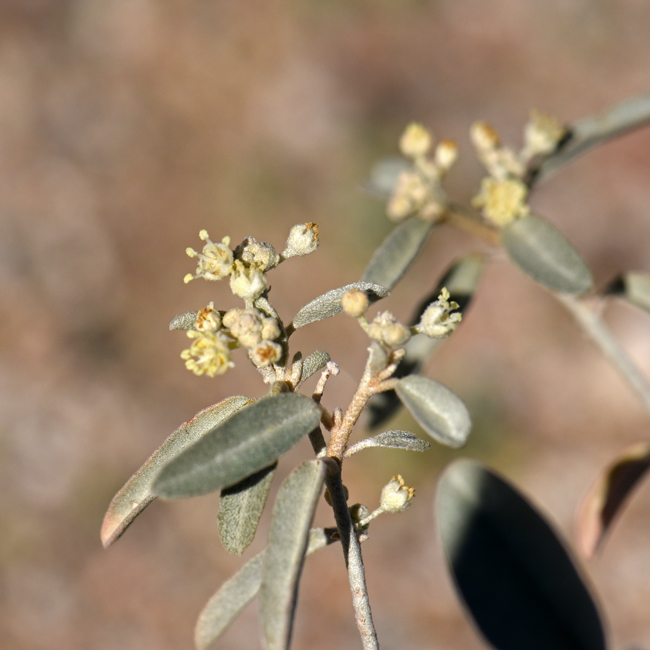
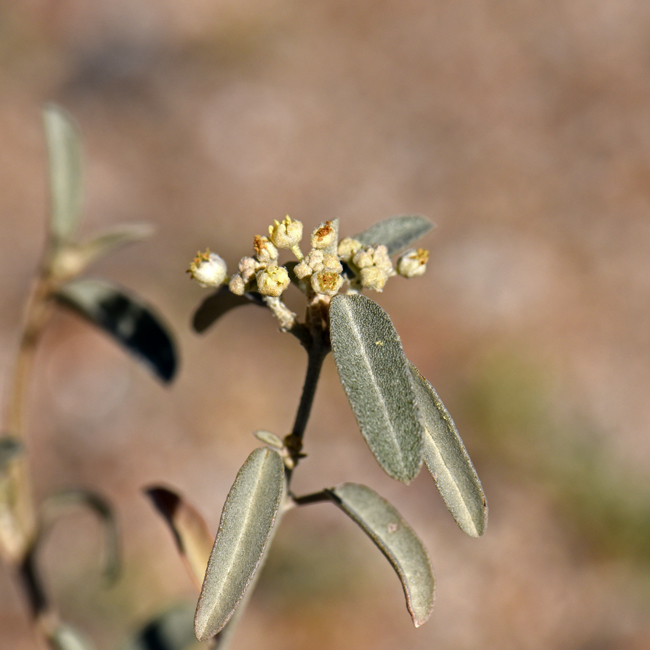
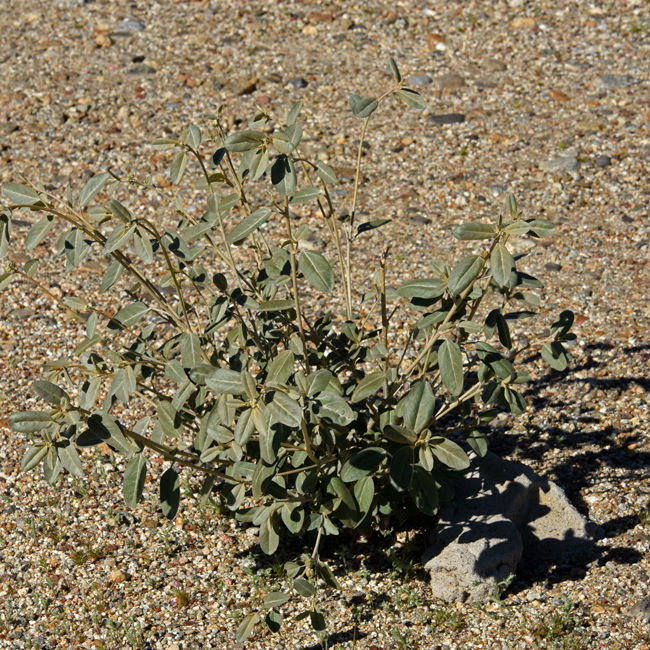
Scientific Name: Croton pottsii
Common Name: Leatherweed
Also Called: Leatherweed Croton
Family: Euphorbiaceae, Spurge or Euphorbia Family
Synonyms: (Croton corymbulosoides, Croton corymbulosus, Croton eremophilus, Croton pottsii var. pottsii, Lasiogyne pottsii, Oxydectes pottsii)
Status: Native
Duration: Perennial
Size: 12 inches more or less (30 cm).
Growth Form: Forb/herb, subshrub; foliage with watery latex, foliage is rough with stellate to lepidote hairs, many stems originate from base, fewer stems distally.
Leaves: Gray-green, pale to ashy green, the leaf surfaces are covered with small scales, and the leaves are sometimes clustered near flowering stem, stellate, alternate, mostly lanceolate but also ovate-oblong, margins entire.
Flower Color: White; flowers are modified into a cyathium, plants monecious or dioecious, inflorescence terminal emerging from leaf axils, fruit is a 3-lobed capsule.
Flowering Season: April or May to October
Elevation: 2,500 to 6,000 feet, (1.5 - 3.72 m)
Habitat Preferences: Common on dry rocky slopes.
Recorded Range: Leatherweed is found in the southwestern United States in AZ, NM and TX and southward well into Mexico. Plants in photos taken in March in Anza Borrego from which there is no listed distribution.
North America & US County Distribution Map for Croton pottsii.
U.S. Weed Information: No information available.
Invasive/Noxious Weed Information: No information available.
Wetland Indicator: No information available.
Threatened/Endangered Information: No information available.
The genus Croton is a diverse and complex taxonomic group of plants ranging from herbs and shrubs to trees.
In the Southwestern United States: Arizona has 10 species of genus, California has 3 species, Nevada has 2 species, New Mexico has 7 species, Texas has 24 species, Utah has 12 species. All data is approximate and subject to taxonomic changes.
There are 2 varieties in Croton pottsii;
Croton pottsii var. pottsii, leatherweed (AZ, NM, TX);
Croton pottsii var. thermophilus, leatherweed, (TX);
Comments: Plants in photos taken in March in Anza Borrego and Anza Borrego State Park, from which there are no listed records of distribution. Arizona type for Croton pottsii from Camp Bowie, Cochise County (Rothrock)
According to a 2011 study in Kenya, apparently Croton nuts, (C. megalocarpus) are a more economical source of biofuel than Jatropha.

